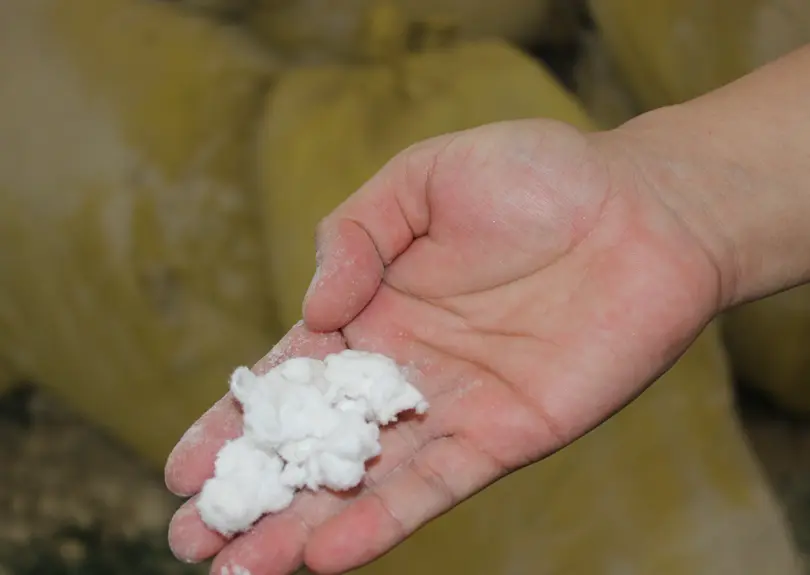
Dec . 05, 2024 18:34 Back to list
hydroxypropyl methyl cellulose
Hydroxypropyl Methyl Cellulose A Versatile Polymer in Modern Applications
Hydroxypropyl methyl cellulose (HPMC) is a non-ionic cellulose ether derived from natural cellulose, which is extensively used in various industries due to its unique properties and versatility. This polymer is produced through the chemical modification of cellulose, a major component of plant cell walls, making HPMC both biodegradable and environmentally friendly. Its remarkable features are what make it indispensable in applications ranging from pharmaceuticals to construction materials.
Chemical Structure and Properties
HPMC is formed by the etherification of cellulose, where hydroxyl groups present on the cellulose chain are substituted with hydroxypropyl and methyl groups. This modification significantly enhances its solubility in water and improves its thermal stability, while also altering its viscosity depending on the concentration and temperature. The result is a synthetic polymer that can dissolve in cold water without forming a gel, which is a significant advantage over some other cellulose derivatives.
The physical properties of HPMC, such as its adhesive qualities, film-forming ability, and emulsifying characteristics, make it an attractive option for various formulations. It is available in a range of viscosities and degrees of substitution, allowing for customization based on specific application needs. Additionally, HPMC offers good tolerance to changes in pH and ionic strength, making it versatile enough for diverse environments.
Pharmaceutical Applications
One of the most significant applications of HPMC is in the pharmaceutical industry. It is extensively used as an excipient in drug formulations due to its ability to control the release of active pharmaceutical ingredients (APIs). HPMC can be employed in both immediate-release and controlled-release formulations, where it helps to maintain the desired concentration of the drug in the bloodstream over time.
In tablet formulations, HPMC acts as a binder and a coating agent, enhancing the tablet's mechanical strength and providing a smooth surface that aids in swallowing. Moreover, it is often utilized in the preparation of ophthalmic solutions and gels due to its ability to impart viscosity and improve the retention time of drug delivery systems in the ocular surface.
hydroxypropyl methyl cellulose

Construction and Building Materials
HPMC plays a crucial role in the construction industry, particularly in manufacturing dry-mix mortars, adhesives, and tiles. Its water-retention properties are essential in ensuring that cement-based products maintain adequate moisture for optimal curing, which contributes to the durability and strength of structures. By improving workability, HPMC allows for easier application and better adhesion of construction materials.
In tiling applications, HPMC is added as an additive to enhance flexibility and improve the resistance of the adhesive to water and heat. It helps reduce shrinkage and cracking in tiles and ensures long-lasting performance, making it a vital component in modern construction practices.
Food and Personal Care
HPMC is also utilized in the food industry as a thickening agent, emulsifier, and stabilizer. Its use in low-fat and gluten-free products has grown significantly as it helps improve texture and mouthfeel without adding calories. Furthermore, its role as a bulking agent in food formulations contributes to the overall flavor and quality of food products.
In personal care, HPMC is incorporated into various cosmetic formulations, such as creams, lotions, and gels. Its ability to form a stable film on the skin enhances the texture and sensory feel of products, while its thickening properties help achieve the desired viscosity.
Conclusion
Hydroxypropyl methyl cellulose is a versatile polymer with a broad spectrum of applications across various industries. Its unique properties, including solubility, water retention, and film-forming abilities, make it a valuable ingredient in pharmaceuticals, construction, food, and personal care products. As research and innovation continue in the field of polymer science, the potential for new applications and improvements in HPMC formulations remains promising, further solidifying its role as a significant material in contemporary manufacturing processes. Its environmentally friendly nature and broad utility ensure that HPMC will continue to play a vital role in various industrial applications for years to come.
-
Versatile Hpmc Uses in Different Industries
NewsJun.19,2025
-
Redispersible Powder's Role in Enhancing Durability of Construction Products
NewsJun.19,2025
-
Hydroxyethyl Cellulose Applications Driving Green Industrial Processes
NewsJun.19,2025
-
Exploring Different Redispersible Polymer Powder
NewsJun.19,2025
-
Choosing the Right Mortar Bonding Agent
NewsJun.19,2025
-
Applications and Significance of China Hpmc in Modern Industries
NewsJun.19,2025







